Home>Maintenance & Safety>Safety Equipment & Products>How Home Safety Can Positively Impact Nursing Practice


Safety Equipment & Products
How Home Safety Can Positively Impact Nursing Practice
Published: December 21, 2023
Discover the positive impact of home safety on nursing practice. Explore essential safety equipment and products for a safer home environment. Learn more.
(Many of the links in this article redirect to a specific reviewed product. Your purchase of these products through affiliate links helps to generate commission for Storables.com, at no extra cost. Learn more)
Introduction
Ensuring the safety of individuals within their homes is an essential aspect of nursing practice. The significance of home safety cannot be overstated, as it directly impacts the well-being and quality of life of patients. In this article, we will delve into the crucial role of home safety in nursing practice, exploring its profound impact on patient care and the effective reduction of hospital readmissions. By understanding the pivotal role of home safety, nurses can integrate comprehensive safety measures into their practice, ultimately enhancing the overall healthcare experience for patients.
The concept of home safety extends far beyond the physical environment; it encompasses various elements, including the prevention of accidents, the promotion of mental and emotional well-being, and the facilitation of a supportive and secure living space. As nurses, it is imperative to recognize the intricate interplay between home safety and the delivery of holistic care. By proactively addressing potential safety hazards and promoting a safe home environment, nurses can significantly contribute to the overall health and recovery of their patients.
Throughout this article, we will explore the multifaceted impact of home safety on nursing practice, highlighting its role in fostering positive patient outcomes and reducing the likelihood of hospital readmissions. Moreover, we will discuss practical strategies for seamlessly integrating home safety considerations into nursing practice, empowering healthcare professionals to proactively address safety concerns and optimize the well-being of their patients. Let us embark on this insightful journey to uncover the transformative power of home safety within the realm of nursing practice.
Key Takeaways:
- Nurses play a crucial role in keeping patients safe at home, preventing accidents, reducing stress, and promoting a positive recovery environment.
- By focusing on home safety, nurses help patients stay out of the hospital, manage their conditions better, and lead healthier lives.
Read more: Topics For A Nursing Home Safety Meeting
Importance of Home Safety in Nursing Practice
Home safety holds immense significance in the realm of nursing practice, serving as a cornerstone for the comprehensive care of patients. The home environment plays a pivotal role in influencing an individual’s physical, emotional, and psychological well-being. As such, nurses must recognize the critical importance of promoting a safe and supportive living space for their patients.
One of the primary reasons home safety is paramount in nursing practice is its direct impact on injury prevention. By identifying and addressing potential hazards within the home, nurses can mitigate the risk of falls, burns, poisoning, and other accidents, particularly among elderly and vulnerable individuals. Furthermore, promoting home safety fosters a sense of security and independence for patients, contributing to their overall confidence and well-being.
Beyond physical safety, the home environment significantly influences mental and emotional health. Patients who feel secure and comfortable in their homes are more likely to experience reduced stress and anxiety, which can positively impact their recovery and overall health outcomes. Additionally, by addressing safety concerns within the home, nurses can establish a trusting and supportive relationship with their patients, further enhancing the therapeutic alliance and promoting open communication.
Moreover, the importance of home safety extends to the prevention of medication errors and the facilitation of healthy lifestyle choices. Nurses play a crucial role in educating patients and their families about proper medication storage, administration, and adherence, all of which contribute to a safe and effective home care regimen. Additionally, creating a safe home environment encourages individuals to engage in activities that promote physical well-being, such as regular exercise and nutritious meal preparation.
Recognizing the importance of home safety in nursing practice empowers healthcare professionals to take a proactive approach in addressing potential risks and promoting a supportive and secure home environment for their patients. By integrating home safety considerations into their practice, nurses can significantly enhance the overall quality of care and contribute to the holistic well-being of those under their care.
Impact of Home Safety on Patient Care
The impact of home safety on patient care is profound, influencing various facets of an individual’s well-being and recovery journey. A safe and secure home environment directly contributes to the overall quality of care received by patients, fostering positive outcomes and enhancing their overall health and comfort.
First and foremost, home safety significantly influences the prevention of accidents and injuries, thereby minimizing potential setbacks in a patient’s recovery. By addressing safety hazards such as slippery floors, inadequate lighting, and obstacles in walkways, nurses can effectively reduce the risk of falls and related injuries, particularly among elderly and mobility-impaired individuals. This proactive approach to home safety directly translates to a lower likelihood of hospital readmissions and complications, promoting continuity of care and uninterrupted recovery.
Furthermore, the impact of home safety on patient care extends to the emotional and psychological well-being of individuals. A safe and supportive home environment fosters a sense of security and comfort, alleviating anxiety and stress commonly associated with illness or injury. This, in turn, contributes to a more positive outlook and mental state, which can enhance the overall healing process and emotional resilience of patients. By feeling secure in their homes, patients are better equipped to focus on their recovery and adhere to prescribed treatment regimens, ultimately leading to improved health outcomes.
Moreover, home safety plays a pivotal role in facilitating the seamless management of chronic conditions and promoting healthy lifestyle choices. Patients who are supported by a safe and well-organized home environment are more likely to adhere to medication schedules, dietary guidelines, and physical activity recommendations. Nurses, by addressing safety concerns and promoting healthy living practices, can empower patients to actively participate in their own care, leading to better disease management and improved overall well-being.
Overall, the impact of home safety on patient care is far-reaching, encompassing physical, emotional, and behavioral aspects of health and recovery. By prioritizing home safety considerations, nurses can significantly enhance the care experience for their patients, promoting a supportive and conducive environment for healing and well-being.
Regularly inspect and maintain safety equipment in the home, such as smoke detectors and handrails, to create a safe environment for nursing practice.
Role of Home Safety in Reducing Hospital Readmissions
Home safety plays a crucial role in the effective reduction of hospital readmissions, offering a proactive approach to continuity of care and long-term patient well-being. By addressing potential safety hazards and promoting a secure home environment, nurses can significantly contribute to the prevention of complications and the avoidance of unnecessary hospital readmissions, ultimately fostering a seamless and uninterrupted recovery process for patients.
One of the primary ways in which home safety contributes to the reduction of hospital readmissions is through the prevention of accidents and injuries within the home environment. By identifying and mitigating potential hazards such as tripping hazards, inadequate lighting, and unsafe furniture arrangements, nurses can minimize the risk of falls and related injuries, particularly among individuals with limited mobility or chronic health conditions. This proactive approach directly translates to a decreased likelihood of hospital readmissions stemming from preventable accidents and injuries occurring within the home.
Moreover, promoting home safety empowers patients to actively engage in their recovery process, thereby reducing the need for hospital readmissions. By creating a safe and supportive home environment, nurses enable patients to adhere to prescribed treatment regimens, manage chronic conditions effectively, and maintain a healthy lifestyle. Patients who feel secure and supported in their homes are more likely to experience improved health outcomes, leading to a reduced reliance on acute care services and a lower probability of readmission to the hospital.
Additionally, home safety contributes to the effective management of post-discharge care, ensuring that patients receive the necessary support and resources to continue their recovery at home. By addressing safety concerns and providing comprehensive education on home safety measures, nurses empower patients and their families to navigate the post-discharge period with confidence and competence. This proactive approach minimizes the likelihood of complications or setbacks that could necessitate hospital readmission, promoting a seamless transition from hospital care to home-based recovery.
By recognizing and addressing the critical role of home safety in reducing hospital readmissions, nurses can proactively contribute to the long-term well-being of their patients, fostering a supportive and secure environment that promotes uninterrupted recovery and minimizes the need for additional hospitalization.
Incorporating Home Safety into Nursing Practice
Incorporating home safety considerations into nursing practice is essential for promoting comprehensive and patient-centered care. By integrating home safety assessments, education, and interventions into their practice, nurses can proactively address potential hazards and create a supportive and secure environment for their patients, ultimately enhancing the overall quality of care and contributing to positive health outcomes.
One of the primary ways to incorporate home safety into nursing practice is through comprehensive home assessments. By conducting thorough evaluations of patients’ living environments, nurses can identify potential safety hazards and develop targeted interventions to mitigate risks. This may involve assessing the layout of the home, identifying fall hazards, evaluating accessibility, and ensuring proper medication storage and administration. By gaining a holistic understanding of the home environment, nurses can tailor their care plans to address specific safety concerns and promote a secure living space for their patients.
Education plays a pivotal role in integrating home safety into nursing practice. Nurses can empower patients and their families by providing comprehensive education on home safety measures, including fall prevention strategies, medication management, emergency preparedness, and the promotion of a healthy and supportive home environment. By equipping individuals with the knowledge and skills to identify and address safety concerns, nurses empower them to actively participate in creating a safe living space and minimizing potential risks.
Furthermore, nurses can collaborate with interdisciplinary teams and community resources to implement targeted interventions that promote home safety. This may involve coordinating home modifications, facilitating the installation of assistive devices, and connecting patients with community support services that enhance home safety. By leveraging external resources and expertise, nurses can enhance their ability to address complex safety concerns and create a supportive environment that promotes the well-being of their patients.
Integrating home safety into nursing practice also involves fostering open communication and collaboration with patients and their families. By engaging in meaningful conversations about home safety, nurses can gain valuable insights into patients’ concerns and preferences, allowing for the development of personalized safety plans that align with individual needs and circumstances. This collaborative approach promotes patient autonomy and empowerment, ultimately contributing to a safer and more supportive home environment.
By seamlessly integrating home safety considerations into their practice, nurses can proactively address potential risks and create a supportive and secure living space for their patients, ultimately enhancing the overall quality of care and contributing to positive health outcomes.
Conclusion
Home safety stands as a fundamental pillar in nursing practice, exerting a profound influence on the well-being and recovery of patients. The multifaceted impact of home safety encompasses injury prevention, emotional well-being, and the effective reduction of hospital readmissions, highlighting its pivotal role in fostering positive patient outcomes. By recognizing the critical importance of home safety, nurses can proactively integrate comprehensive safety measures into their practice, ultimately enhancing the overall healthcare experience for patients.
The significance of home safety extends beyond the physical environment, encompassing emotional and psychological dimensions that directly influence patient care. A safe and supportive home environment not only minimizes the risk of accidents and injuries but also fosters a sense of security and comfort, contributing to reduced stress and anxiety among patients. This, in turn, promotes a more positive outlook and mental state, ultimately enhancing the overall healing process and emotional resilience of individuals.
Furthermore, home safety plays a pivotal role in reducing hospital readmissions by addressing potential risks and empowering patients to actively engage in their recovery process. By creating a secure and supportive home environment, nurses enable patients to adhere to prescribed treatment regimens, effectively manage chronic conditions, and maintain a healthy lifestyle, thereby minimizing the need for additional hospitalization.
Integrating home safety into nursing practice involves comprehensive assessments, education, collaboration, and targeted interventions that address specific safety concerns within the home environment. By fostering open communication and collaboration with patients and their families, nurses can develop personalized safety plans that promote patient autonomy and empowerment, ultimately contributing to a safer and more supportive home environment.
In conclusion, the proactive integration of home safety considerations into nursing practice is essential for promoting comprehensive and patient-centered care. By addressing potential hazards and creating a secure living space for their patients, nurses play a pivotal role in enhancing the overall quality of care and fostering positive health outcomes. Embracing the transformative power of home safety within the realm of nursing practice enables healthcare professionals to create a supportive and conducive environment for healing and well-being, ultimately enriching the healthcare experience for patients and their families.
Frequently Asked Questions about How Home Safety Can Positively Impact Nursing Practice
Was this page helpful?
At Storables.com, we guarantee accurate and reliable information. Our content, validated by Expert Board Contributors, is crafted following stringent Editorial Policies. We're committed to providing you with well-researched, expert-backed insights for all your informational needs.



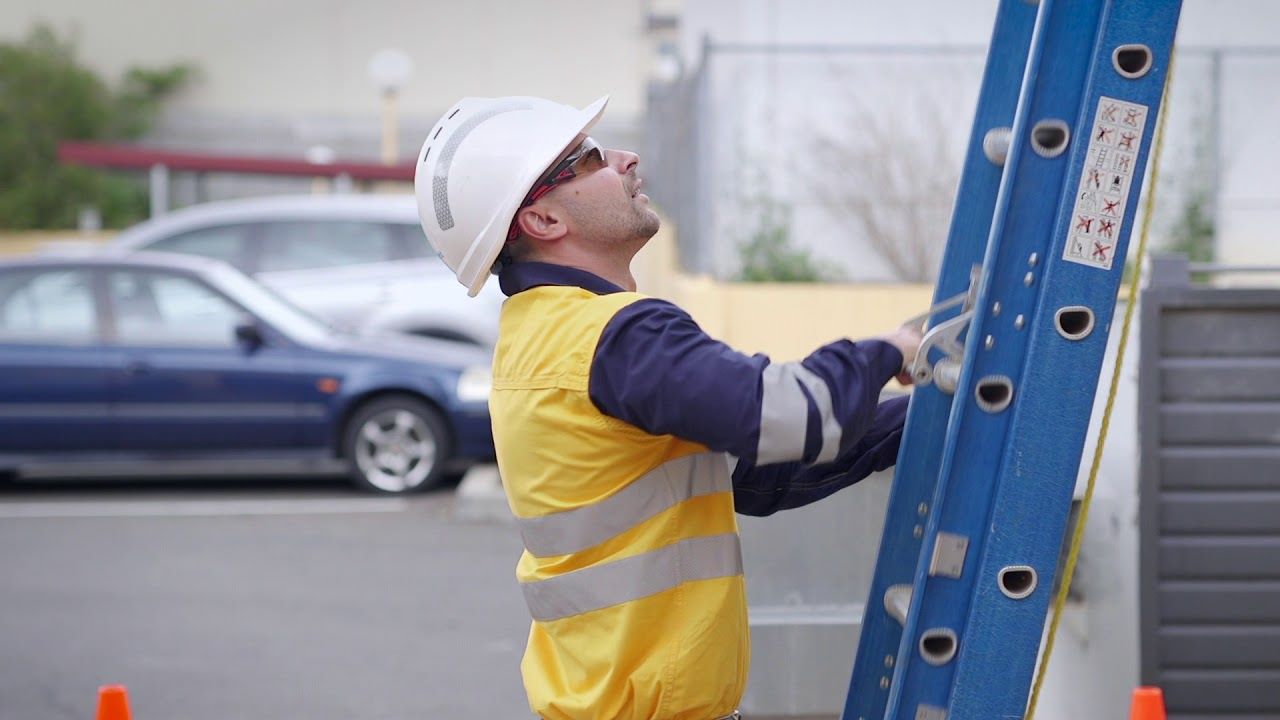




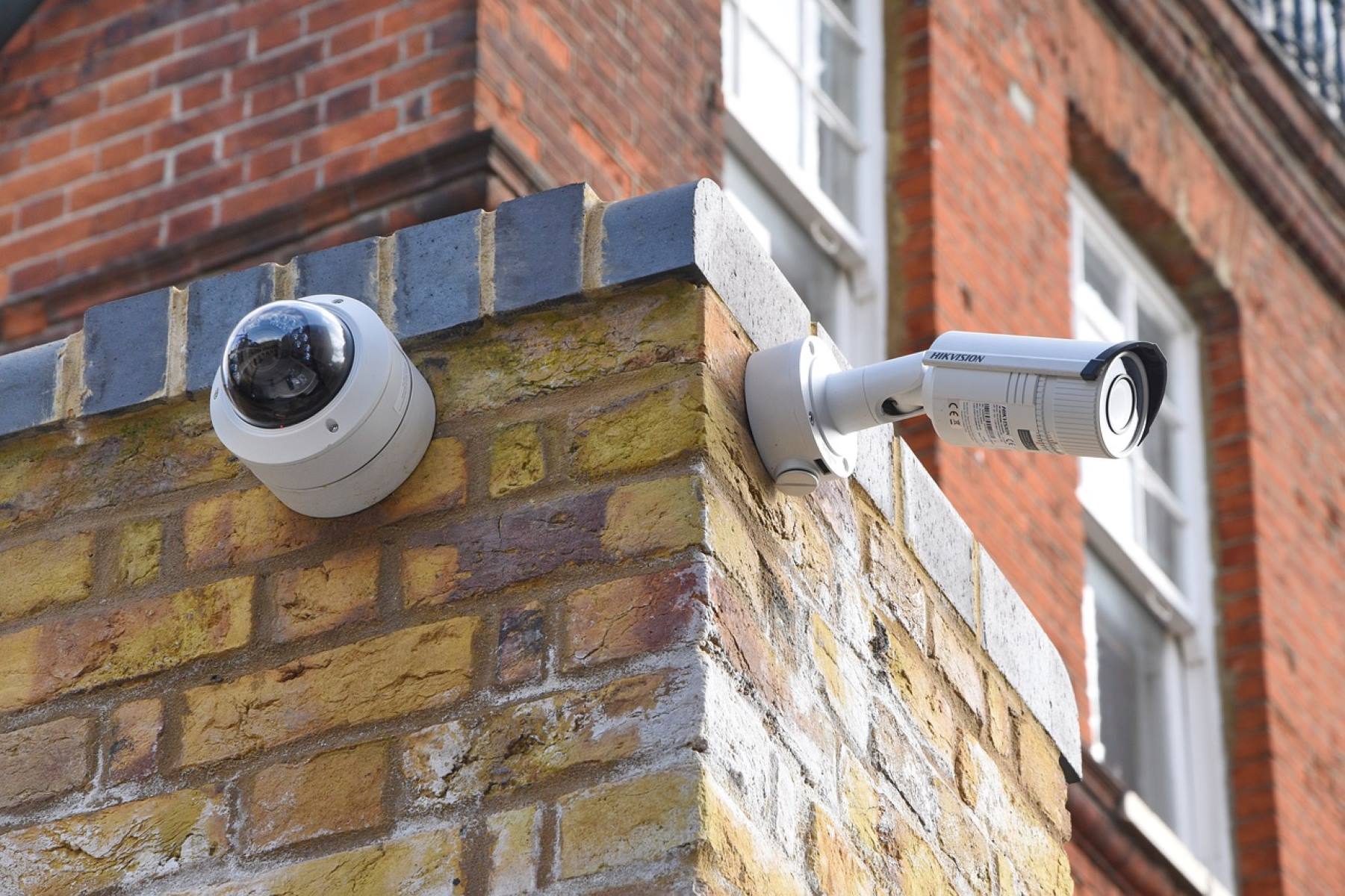
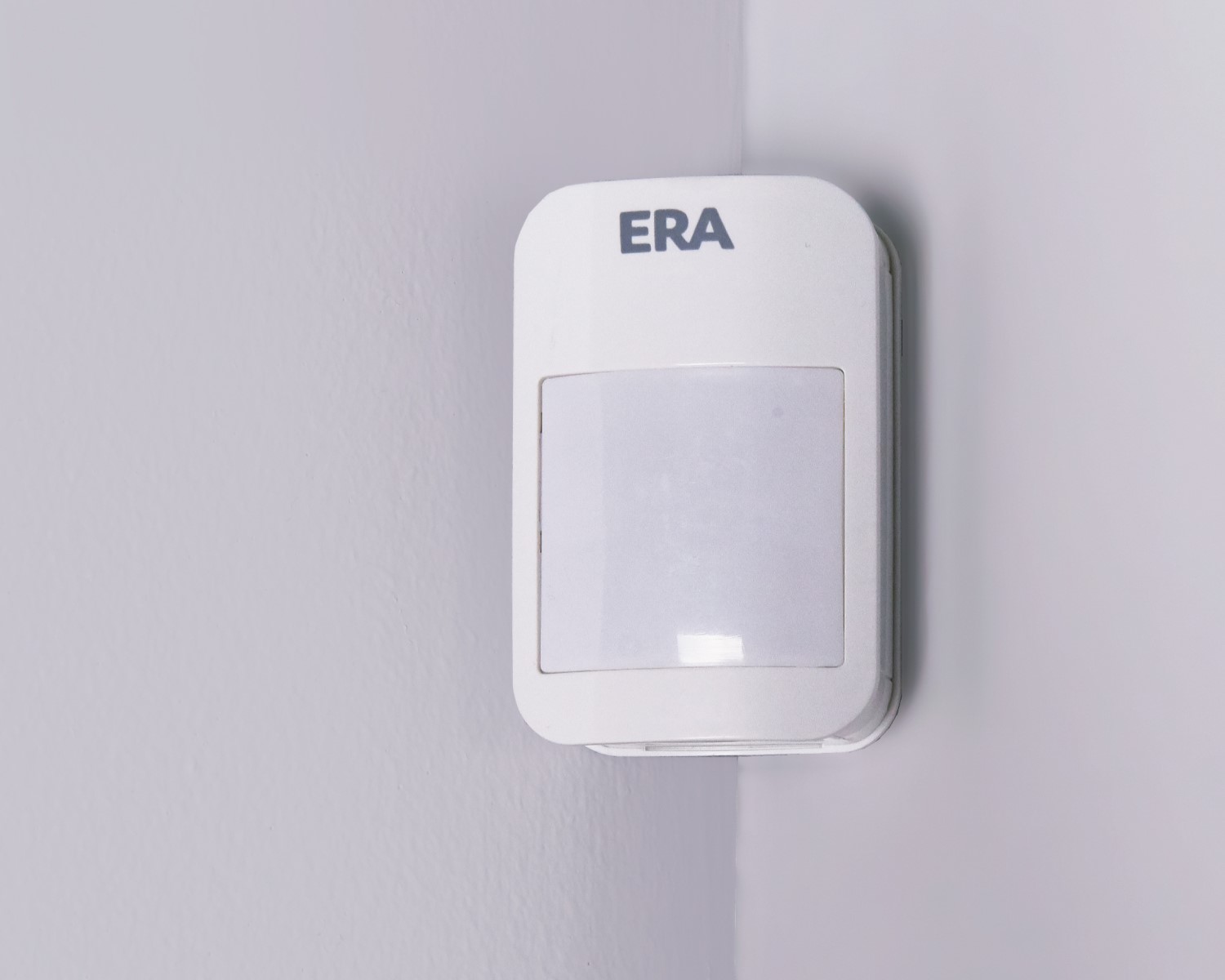

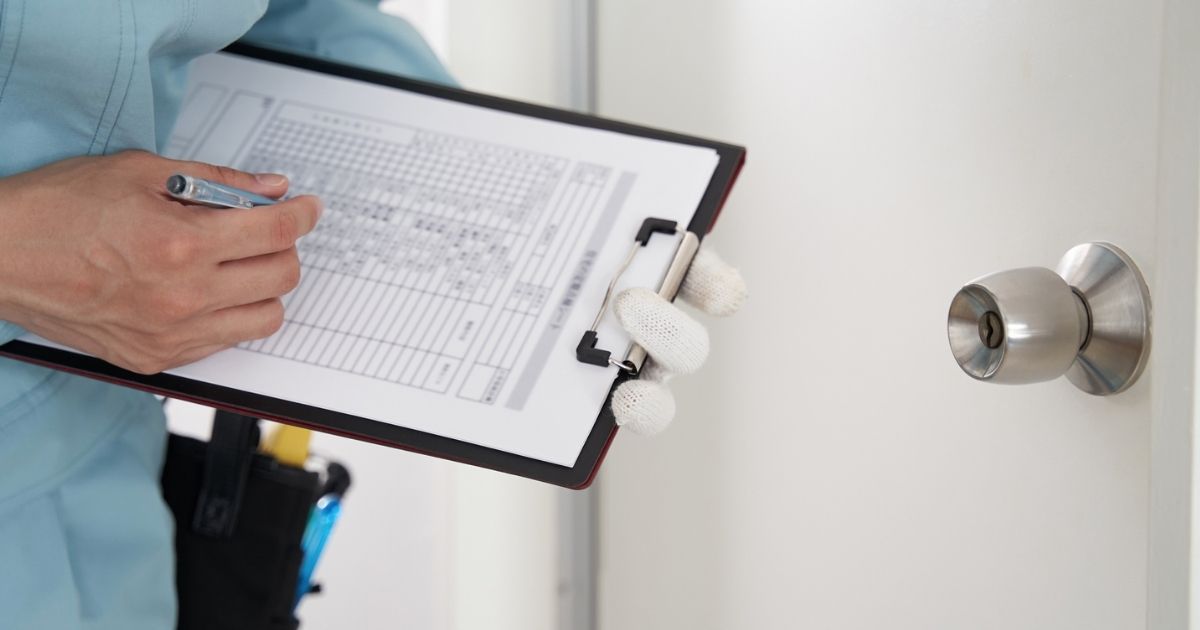
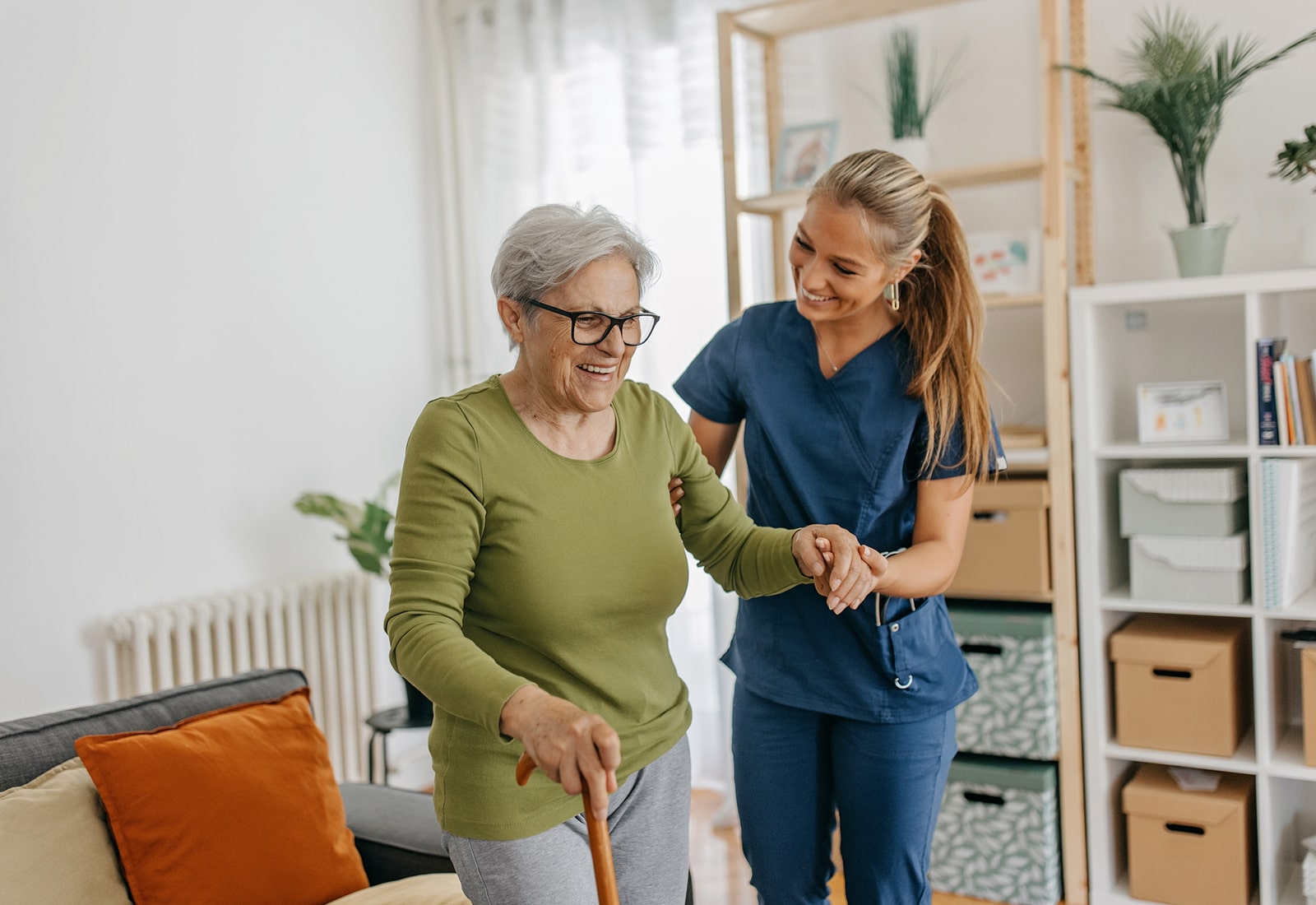


0 thoughts on “How Home Safety Can Positively Impact Nursing Practice”